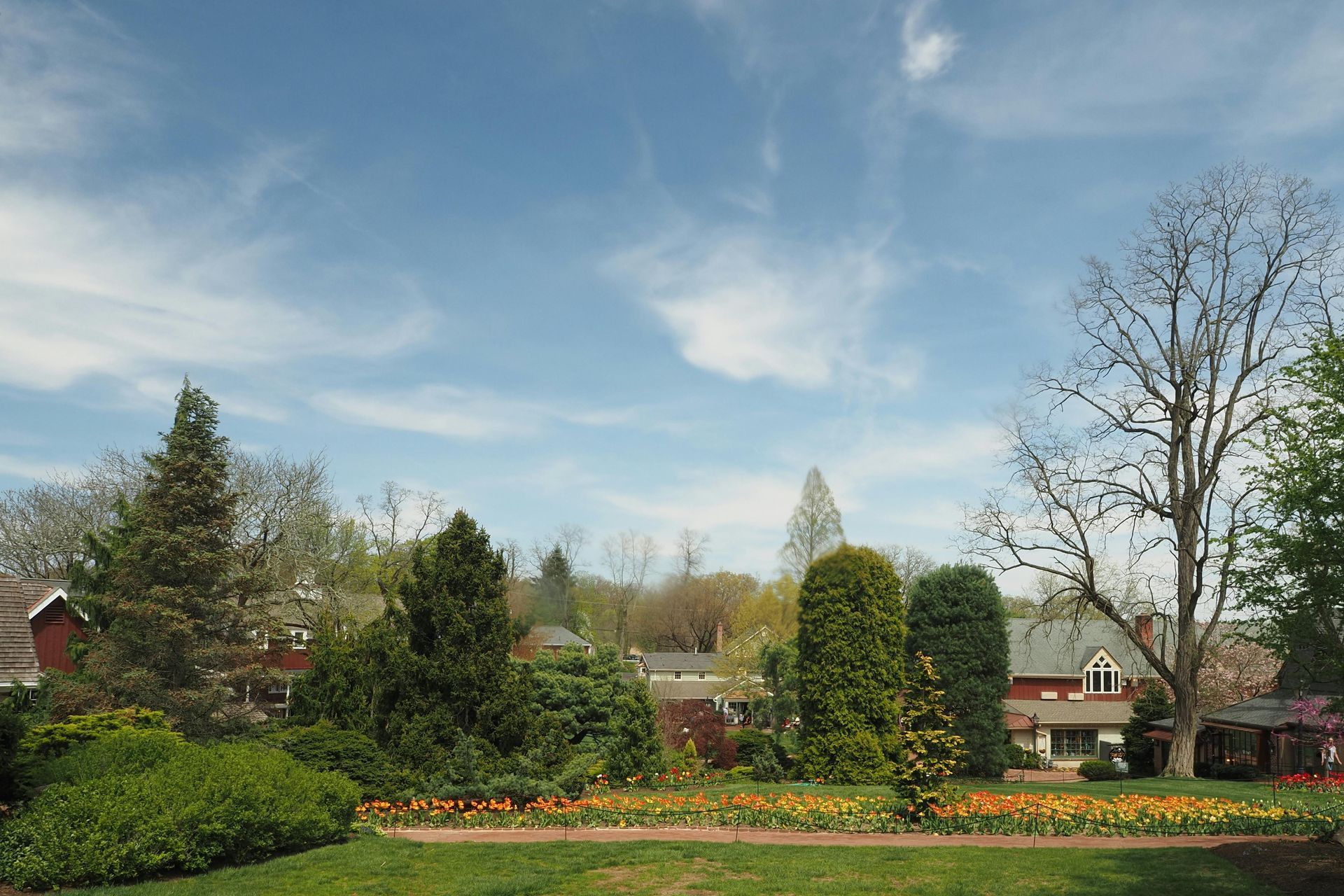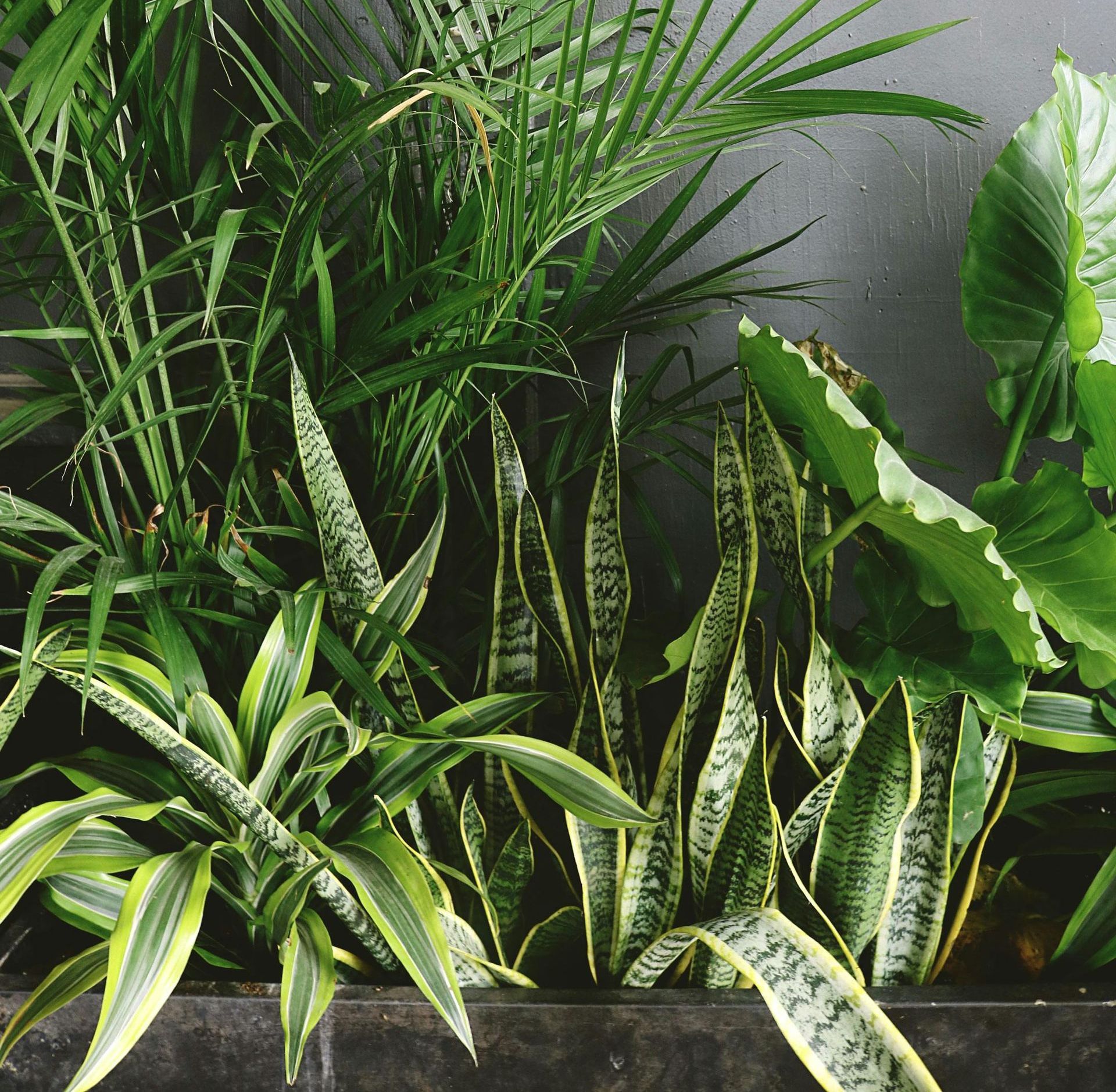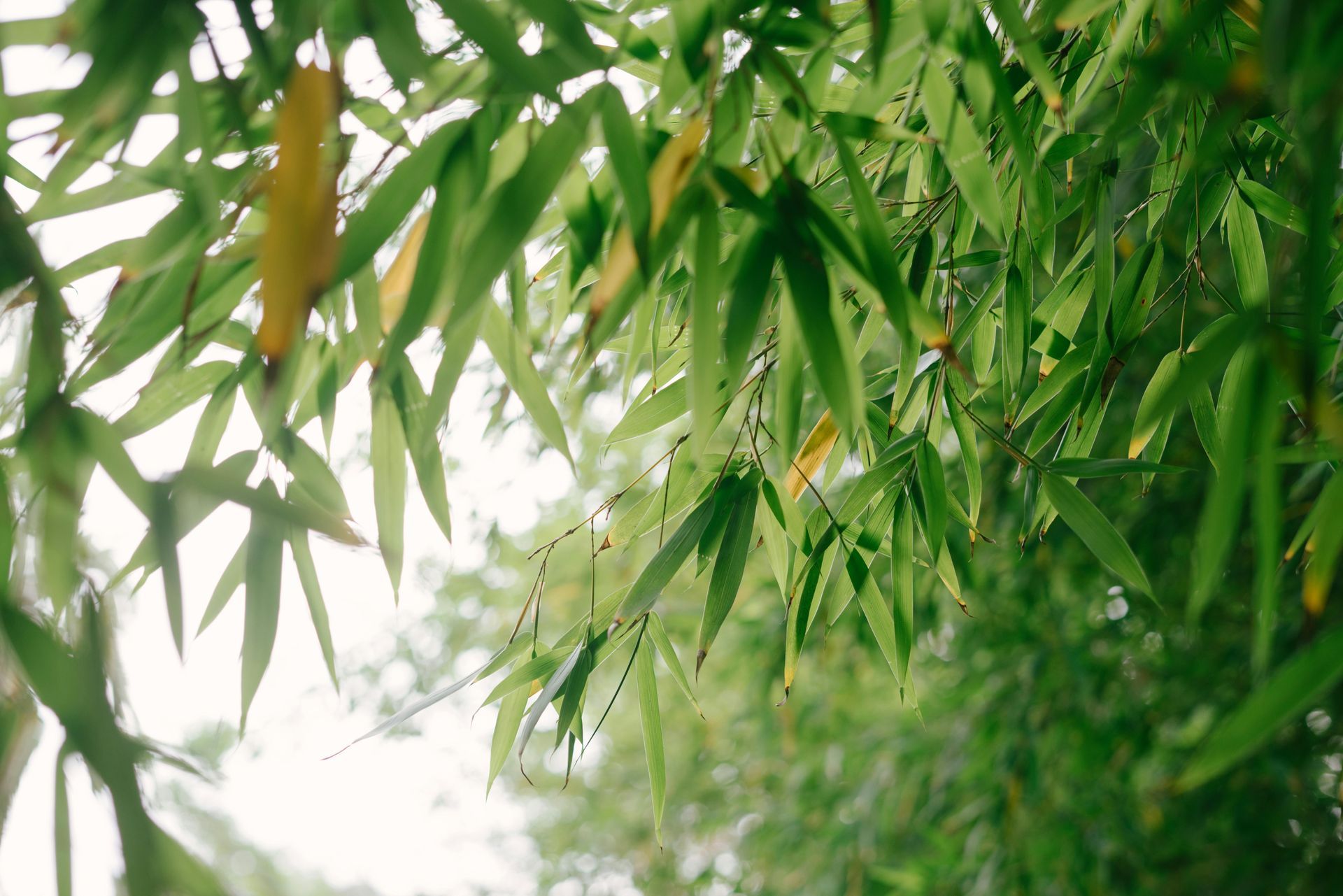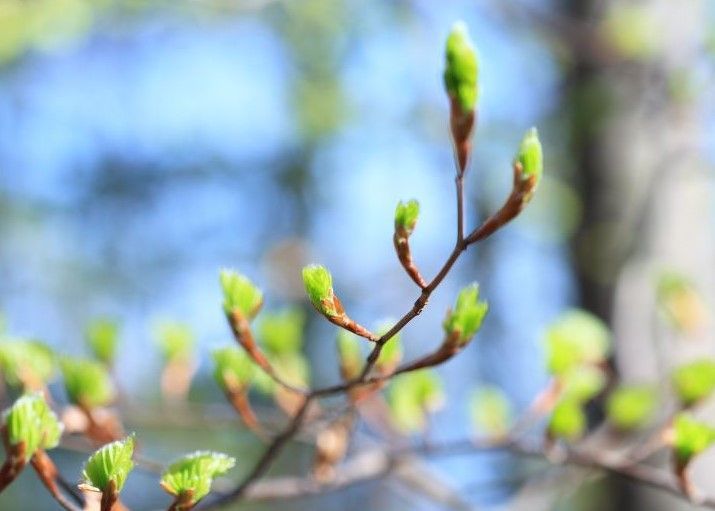The Emerald Ash Borer & the Destruction of Ash Trees
In the 1990s, an invasive insect native to Asia was accidentally introduced to the North American ecosystem. Since then, it has been free to spread through most of eastern Canada and the U.S., causing extensive damage to the continent’s ash tree populations. In recent years, this damage has become increasingly evident, with millions of ash trees being wiped out in a matter of years. Especially in the spring and summertime, you may notice forests and groves speckled with trees that never leafed out for the season. Often, this is the work of an invisible pest called the Emerald Ash Borer, or EAB.
What is an Ash tree?
Most ash trees are small to medium height, though some of the larger timber-providing species can grow to 60 to 120 feet tall. The leaves of the ash tree are opposite, usually deciduous and pinnately compound with an odd number of leaflets, often five to nine. The fruit of the ash tree is a red-orange berry. The flower is small and grow in showy clusters, and some species have petaled blooms.
What is an Emerald Ash Borer?
These ½-inch-long insects have a typical, beetle-like build, although they’re a bit longer and leaner than ladybugs or June beetles. As their name implies, they’re bright, metallic green in color, and they have two rather large eyes on the front of their heads. Despite the horrible damage they cause, the Emerald Ash Borer is a beautiful specimen.
Life Cycle of the Emerald Ash Borer
The lifecycle of an Emerald Ash Borer starts when newly metamorphosized adults emerge in the spring. The adults quickly venture into the canopies of ash trees, where they feed on the tree’s foliage. A week or two later the adults will begin mating, with egg deposits occurring shortly after that. Females who avoid predators may live six weeks or more, during which they can deposit anywhere from 50 to 200 eggs.
The eggs are usually deposited in the bark of ash trees. A short time later, the eggs hatch, freeing the larvae contained inside. These hungry larvae will begin creating their iconic tunnels through the bark in an effort to reach the edible phloem, cambium, and outer xylem layers of the ash tree. By fall, most of the larvae are ready to pupate. They will carve out a pupal chamber in the tree’s wood, where they will stay while they complete their development and become an adult. Once winter passes, the adults emerge and start the lifecycle anew.
The Effects of EAB
- Tree Mortality: The EAB larvae tunnel beneath the bark of ash trees, disrupting the tree's ability to transport water and nutrients. This activity girdles the tree, leading to its decline and eventual death. Infested ash trees typically die within 2 to 4 years after initial infestation.
- Population Decline: The Emerald Ash Borer is highly destructive and has led to a significant decline in ash tree populations. Millions of ash trees have been killed in North America since the arrival of the EAB, affecting both urban and forested areas.
- Economic Impact: The loss of ash trees has significant economic consequences. Municipalities and homeowners incur substantial costs for tree removal, disposal, and replanting. The decline of the ash timber industry also affects local economies and the forestry sector.
- Ecological Impact: Ash trees play a vital role in ecosystems, providing habitat, shade, and food sources for various species. The loss of ash trees disrupts these ecological functions and can impact the diversity and abundance of associated plant and animal species.
- Landscape and Aesthetic Changes: Ash trees are common in urban and suburban landscapes due to their attractive appearance and tolerance to various growing conditions. The loss of ash trees has altered the visual appeal and shade canopy of many communities, leading to changes in the overall landscape.
Here are some interesting facts about the Emerald Ash Borer:
- The Emerald Ash Borer (Agrilus planipennis) is a wood-boring beetle native to China, Japan, Russia, and Korea.
- The Honeysuckle Flatheaded Borers, Six-Spotted Tiger Beetles, Green Ground Beetles, and the Click Beetles are sometimes mistaken for the EAB.
- The larvae are often not killed by insecticides because they live under the bark.
- Since the infestations in the late 1990s, the EAB has spread to 36 states.
- All species of ash are suspectable to the EAB, they include Green Ash, White Ash, Black Ash, Carolina Ash, and Blue Ash.
- Viable EAB eggs and larvae can remain in firewood for more than a year.
References:
The Emerald Ash Borer: 15 Facts — Maine Woodland Owners
Ash | Description, Uses, Diseases, Pests, & Major Species | Britannica
8 billion North American ash trees at risk from emerald ash borer (caryinstitute.org)
Symptoms and Signs of EAB – Emerald Ash Borer in Wisconsin
Signs of EAB infestation: – Monitoring and Managing Ash (MaMA) (monitoringash.org)
Images - Canva
Check out the latest...








